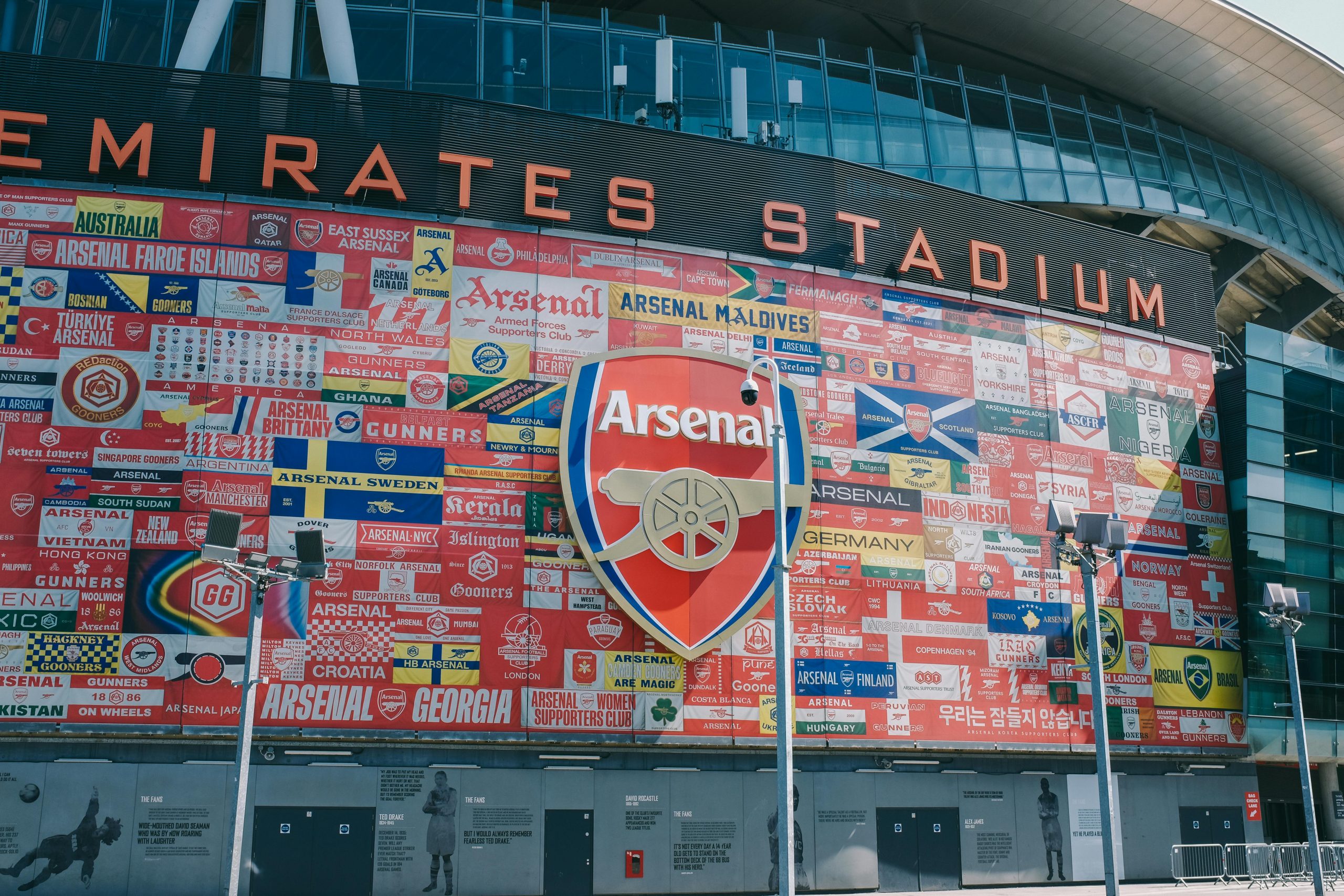
The Most Iconic Demolished Football Stadiums in England
October 7, 2025 3:04 pm Leave your thoughtsFootball stadiums are a big part of a club’s history, identity, and a hub for their supporters to cheer on and get behind their team. But unfortunately, some grounds become unsafe or the club may outgrow its home, resulting in new locations being built and old grounds demolished.
People often look back at stadiums as a result of their nostalgic feel, historical roots, and links back to the roots of the beautiful game. A common criticism of modern-day grounds is the lack of atmosphere and soulless image that doesn’t show off the heritage of the clubs they house.
Alongside the roar of the crowd, fans have always enjoyed the wider experience, whether it was placing a sports bet on matchday or spinning the reels on online slots games before or after the game.
Highbury, Arsenal
Highbury is arguably the most iconic football stadium in the world that has been demolished. The ground located in North London was the home of Arsenal football club for 93 years, opening its doors initially in 1993, and closing them in 2006 with the completion of the Emirates Stadium.
The ground had 4 old fashioned stands that towered over the playing surface, holding a capacity of around 38,500 people. Unfortunately, the premier league club grew out of their old ground, forcing a new stadium to be built in a neighbouring postcode. An initial discomfort was the common feeling amongst supporters, but the Emirates Stadium has managed to maintain a vibrant atmosphere and built a whole new legacy around the club.
The iconic Highbury clock was kept as a piece of heritage, mounted on the outside of the new ground. The move has become more accepted amongst fans, with Highbury maintaining its structure, but converted into liveable flats.
White Hart Lane, Tottenham
A more recent demolition came in 2017, when White Hart Lane, the home of Tottenham Hotspur, was replaced by the incredible Tottenham Hotspur Stadium on the same site that housed the club for over 115 years. The North London ground witnessed some incredible moments throughout Spurs’ history, including numerous trophies and impressive games that invited the biggest stars in the world.
The 36,000-capacity stadium led the club to believe that they had outgrown their home, prompting the start of construction on one of the most high-tech and impressive stadiums in the world. Mixed reviews came from the announcement, with the ground officially opening in 2019 af
ter using Wembley as a temporary ground, with fans around the world adding it to the list of must visit stadiums. Despite being a bowl style stadium, the atmosphere remains as Tottenham Hotspur begins to write a new story and build a new legacy at their new home.
Roker Park, Sunderland
An example of a football ground that screams football heritage and is an incredible example of a club that is passionate about its football is Roker Park, the former home of Sunderland AFC. The ground opened in 1898, hosting Sunderland for almost 100 years and witnessing some incredible moments of trophy wins, outstanding players, and even hosting games in the 1966 World Cup.
It’s well known for its fierce and passionate atmosphere, stemming from the infamous Roker Roar. The terraced stands that only covered ¾ of the ground, leaving away fans unsheltered, were a symbol of a classic football ground. Unfortunately, the low capacity meant Sunderland had to move grounds, which received a bad report from fans.
The Stadium of Light was surrounded by questions around its name and even structure, but it opened in 1997 with a capacity of almost 48,000 and the potential to be increased to 66,000, making it a project for the future.
Upton Park, West Ham United
One of the most controversial moves in recent times has to be the move of West Ham United, leaving their iconic Boleyn Ground to claim their new home and the London Stadium, built to host athletics events at the London Olympics in 2012.
The ground was the center of West Ham’s famous, tight community that oozed passion from the stands. In 2016, West Ham United announced it would be moving to the Olympic Stadium, now renamed to the London Stadium. The move was extremely controversial, not just for Irons’ supporters, but for football fans across the country, as it meant an end to one of the most iconic grounds.
The recognisable castle structure at the entrance of the ground, and the proximity of stands to the pitch, made for an amazing experience not just for home fans. The move was said to be for financial purposes and a way of progressing the club into a larger capacity stadium from the 35,000 available at Upton Park. Whilst West Ham fans have settled into the London Stadium, the memory of the former ground lives on.
Categorised in: All Blogs, The Football Forum Blog
This post was written by Powered by thefootballforum.net
